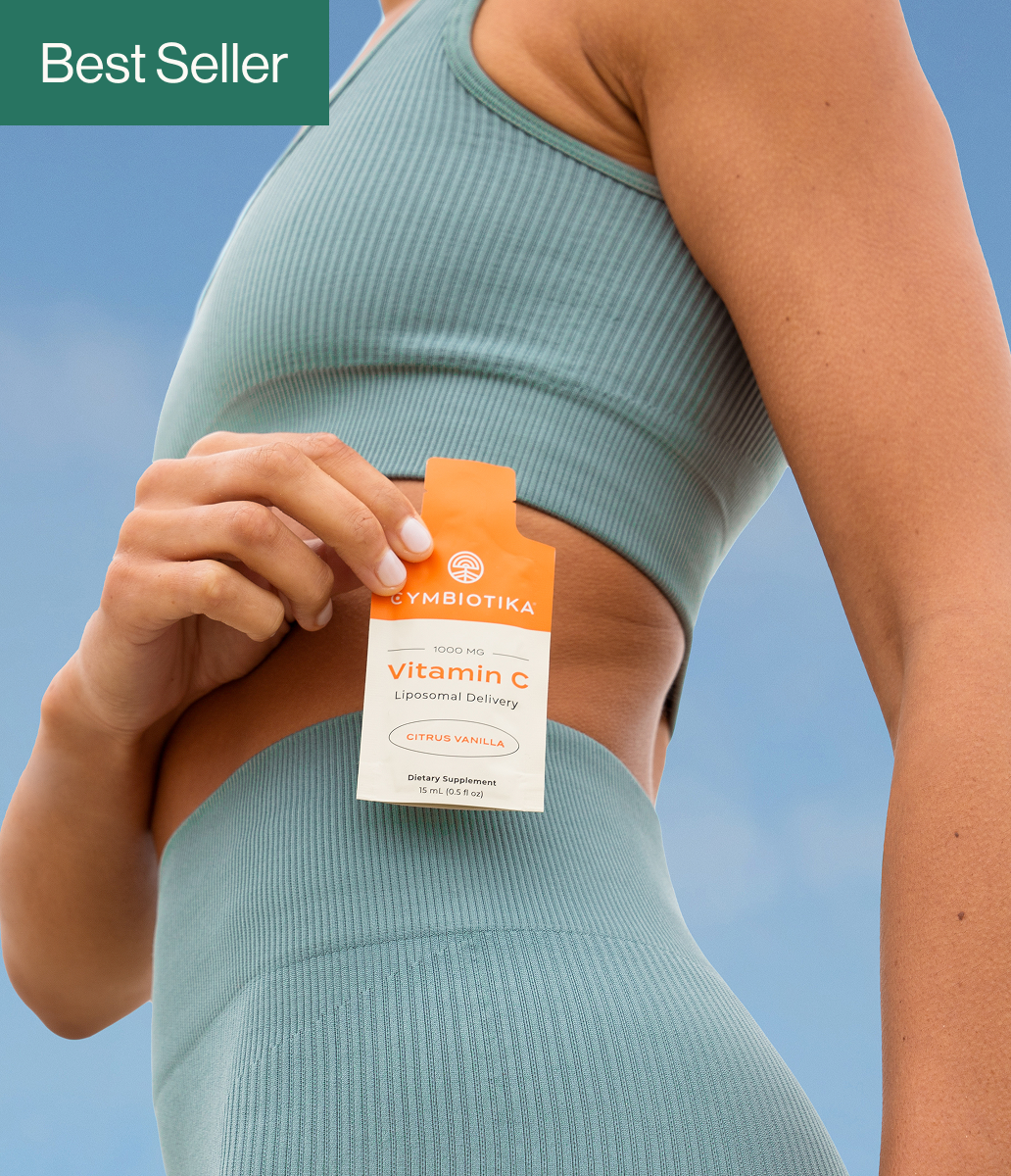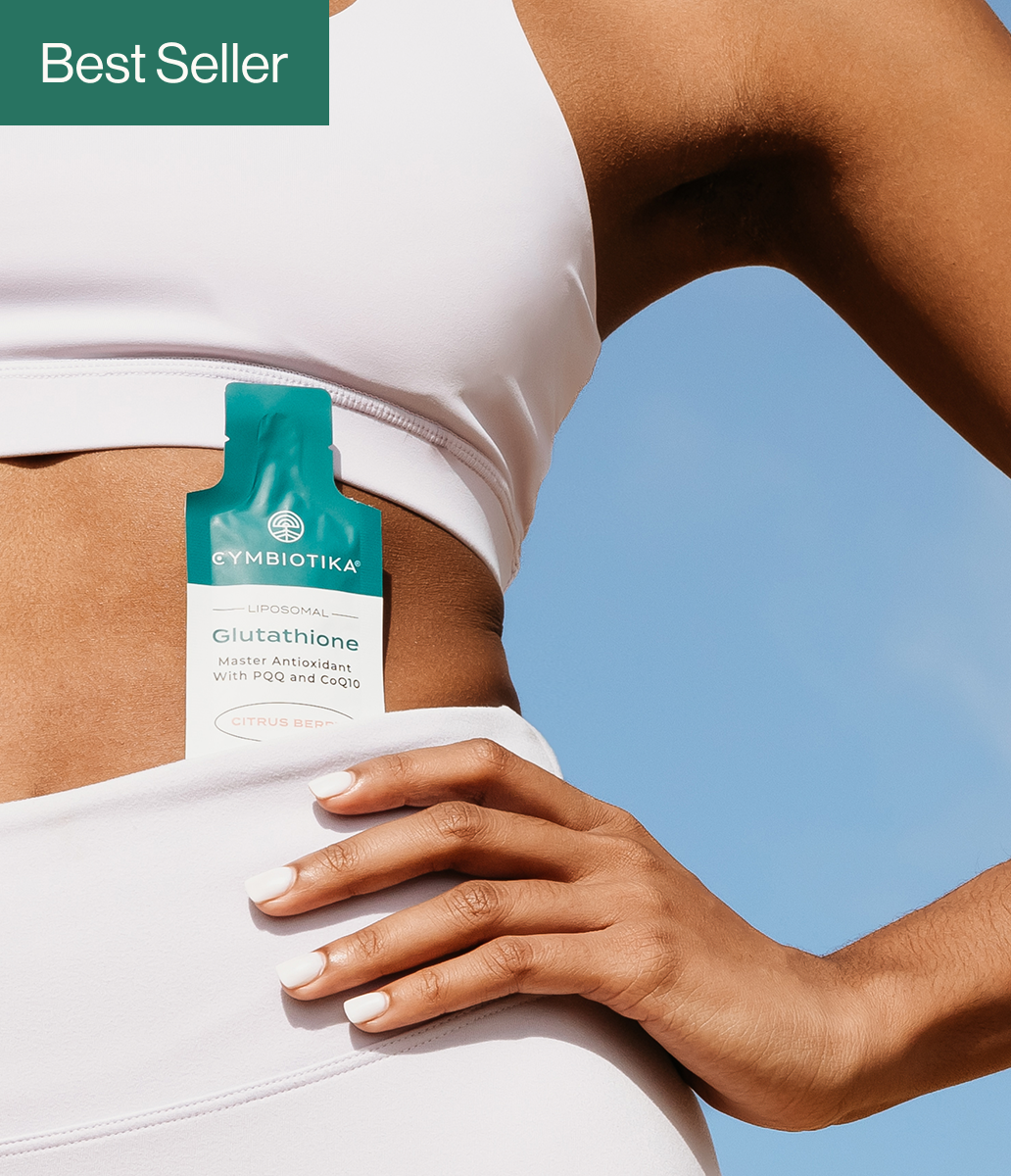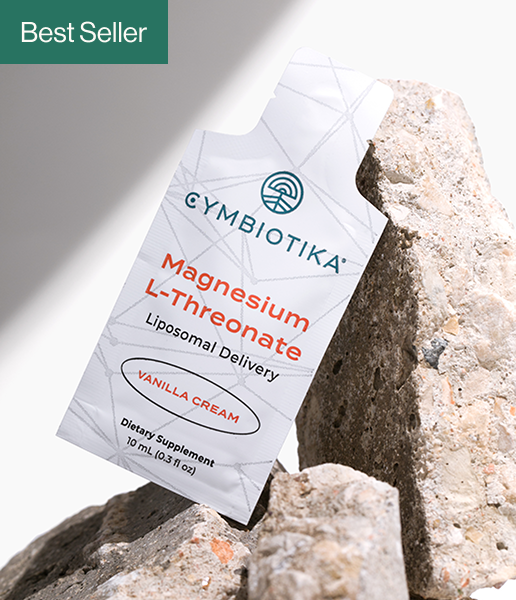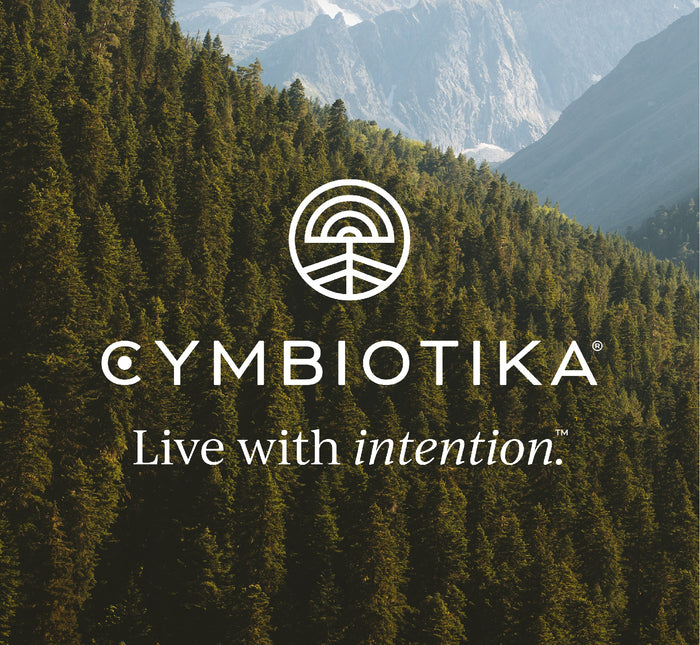
LIPOSOMAL CHLOROPHYLLIN SULFORAPHANE
Chlorophyllin is a water-soluble mixture of sodium-copper salts of chlorophyll with antioxidant and antimutagenic properties. Chlorophyllin is a plant pigment that binds to certain dietary and environmental toxins, inhibiting their potential stress on vulnerable DNA. Chlorophyllin is used for body odor, urinary odor, reducing the smell of bowel movements, bad breath, cancer, acne, and skin wrinkles from sun damage. Chlorophyllin seems to have antioxidant and anti-inflammatory effects. It may also stop the body from absorbing certain chemicals that can increase a person's risk for cancer.(3)
“Since chlorophyllin is 410-fold more potent as a phase 2 enzyme inducer than chlorophyll, and since it has other detoxification properties because it is much more water-soluble than chlorophyll, its ultimate incorporation into either a dietary supplement or a pharmaceutical cancer chemoprevention strategy may be quite feasible. Indeed, administration of oral chlorophyllin supplements was responsible for the green color of the sera of study subjects. Chlorophyllin ethyl esters and chlorin e4 and e6 were present at low micromolar levels in these sera (25). The observations reported here support additional or alternate explanations for the protective effects of chlorophyllin on aflatoxin-induced carcinogenesis.” (7)
Liposomal Sulforaphane Supports Detoxification, Antioxidant Activity via Nrf-2 Activation and Brain Function. Sulforaphane Stimulates Phase 2 Detoxification - Contains sulforaphane and glucosinolates, phytochemicals that have been extensively studied for their effects on various areas of health.Sulforaphane Supports Healthy Cell Replication.(2)
“The effects of chlorophyllin on liver fibrosis were evaluated for (1) survival rate, (2) hepatic morphologic analysis, (3) inflammatory factors in both the small intestine and liver, and (4) gut microbiota. Our results indicate that oral administration of chlorophyllin could attenuate intestinal and hepatic inflammation and ameliorate liver fibrosis. Importantly, oral administration of chlorophyllin promptly rebalanced the gut microbiota, exhibiting down-regulation of the phylum Firmicutes and up-regulation of the phylum Bacteroidetes. In vitro experiments on intestinal epithelial cells showed that chlorophyllin exposure could inhibit NF-κB pathway via IKK-phosphorylation suppression. In conclusion, this study demonstrates potential application of chlorophyllin to regulate the intestinal microbiota and ameliorate hepatic fibrosis.”(5)
“Complex formation with other molecules: Chlorophyll and chlorophyllin are able to form tight molecular complexes with certain chemicals known or suspected to cause cancer, including polycyclic aromatic hydrocarbons found in tobacco smoke (5), some heterocyclic amines found in cooked meat (6), and aflatoxin-B1 (7). The binding of chlorophyll or chlorophyllin to these potential carcinogens may interfere with gastrointestinal absorption of potential carcinogens, reducing the amount that reaches susceptible tissues (8). A recently completed study by Linus Pauling Institute investigator Professor George S. Bailey showed that chlorophyllin and chlorophyll were equally effective at blocking uptake of aflatoxin-B1 in humans, using accelerator mass spectrometry to track an ultra-low dose of the carcinogen (C Jubert et al., manuscript submitted).
Antioxidant effects
Chlorophyllin can neutralize several physically relevant oxidants in vitro (9, 10), and limited data from animal studies suggest that chlorophyllin supplementation may decrease oxidative damage induced by chemical carcinogens and radiation” (8)
“Chlorophyllin is a semi-synthetic mixture of water-soluble sodium copper salts derived from chlorophyll. Chlorophyllin has been used orally as an internal deodorant and topically in the treatment of slow-healing wounds for more than 50 years without any serious side effects. Chlorophylls and chlorophyllin form molecular complexes with some chemicals known or suspected to cause cancer, and in doing so, may block carcinogenic effects. Carefully controlled studies have not been undertaken to determine whether a similar mechanism might limit uptake of required nutrients. Supplementation with chlorophyllin before meals substantially decreased a urinary biomarker of aflatoxin-induced DNA damage in a Chinese population at high risk of liver cancer due to unavoidable, dietary aflatoxin exposure from moldy grains and legumes. Scientists are hopeful that chlorophyllin supplementation will be helpful in decreasing the risk of liver cancer in high-risk populations with unavoidable, dietary aflatoxin exposure.”(8)
Therapeutic effects
A recent study showed that human colon cancer cells undergo cell cycle arrest after treatment with chlorophyllin (11). The mechanism involved inhibition of ribonucleotide reductase activity. Ribonucleotide reductase plays a pivotal role in DNA synthesis and repair, and is a target of currently used cancer therapeutic agents, such as hydroxyurea (11). This provides a potential new avenue for chlorophyllin in the clinical setting, sensitizing cancer cells to DNA damaging agents.(11)
FOUND IN THE FOLLOWING PRODUCT(S)
CLINICAL RESEARCH
1. Liposomal delivery of ferrous chlorophyllin: A novel third generation photosensitizer for in vitro PDT of melanoma
2. Sulforaphane synergizes with quercetin to inhibit self-renewal capacity of pancreatic cancer stem cells
3. CHLOROPHYLLIN
4. Chlorophyllin supplementation modulates hyperglycemia-induced oxidative stress and apoptosis in liver of streptozotocin-administered mice
5. Chlorophyllin Modulates Gut Microbiota and Inhibits Intestinal Inflammation to Ameliorate Hepatic Fibrosis in Mice
6. Fighting fish parasites with photodynamically active chlorophyllin
7. Chlorophyll, chlorophyllin and related tetrapyrroles are significant inducers of mammalian phase 2 cytoprotective genes
8. Chlorophyll and Chlorophyllin
9. Chlorophyllin as an effective antioxidant against membrane damage in vitro and ex vivo
10. Scavenging of reactive oxygen species by chlorophyllin: an ESR study
11. E2F4 and ribonucleotide reductase mediate S-phase arrest in colon cancer cells treated with chlorophyllin










